Aqua superPower COO: what does the electric propulsion industry need next?
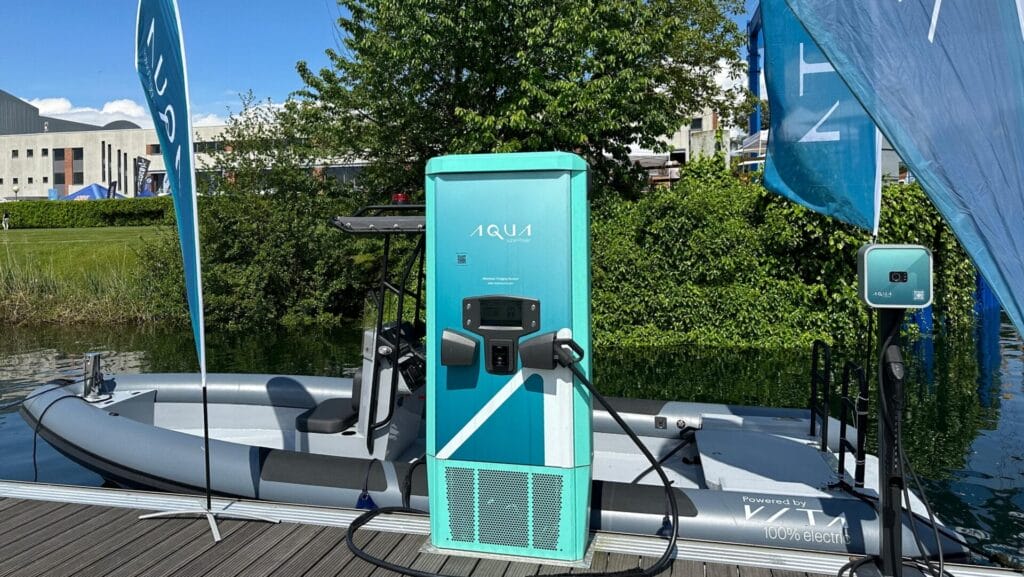
Aqua superPower’s COO, Karen Gill, asks how the industry can help accelerate the growth of electric propulsion in the marine industry.
Electric propulsion in the marine sector has evolved from a visionary concept into a practical and sustainable solution, with an increasing number of vessels transitioning to cleaner energy. Global and local environmental regulations are driving change in the marine sector, and there is significant momentum in the adoption of electrification across both the leisure and commercial sectors. Despite progress in marine electrification, however, several challenges remain, particularly around infrastructure, standardisation, and financial incentives.
Expansion of charging networks
As electric boats gain popularity in both commercial and recreational sectors, the development of reliable charging infrastructure is essential. Several factors are driving the growth of marine charging networks:

Grid connections: One major hurdle is the availability and strength of grid connections. Popular boating areas like lakes, coastal towns, and historical sites often have outdated electrical infrastructure, limiting the deployment of high-power charging stations.
Standardisation and interoperability: Different connectors and communication protocols create uncertainty for businesses and hinder growth. Standardising these elements facilitates the integration of new electric vessels and charging infrastructure. Aqua superPower works closely with boat brands (OEMs) and powertrain manufacturers. These collaborations standardise technology protocols, ensuring the user has a hassle-free experience, gets a fast charge, and protects their batteries.
Data-driven deployment: As more electric boats are deployed, data from vessel operations –such as usage patterns, charging frequency, and range – can inform where and how charging stations should be built. This ensures infrastructure is deployed in areas where it’s most needed.
Integration with broader energy networks: Electrified marine fleets offer opportunities for integrating with larger energy grids. Technologies like V2G can help balance grid demand, but this requires alignment between the maritime and energy sectors on technical standards and policies.
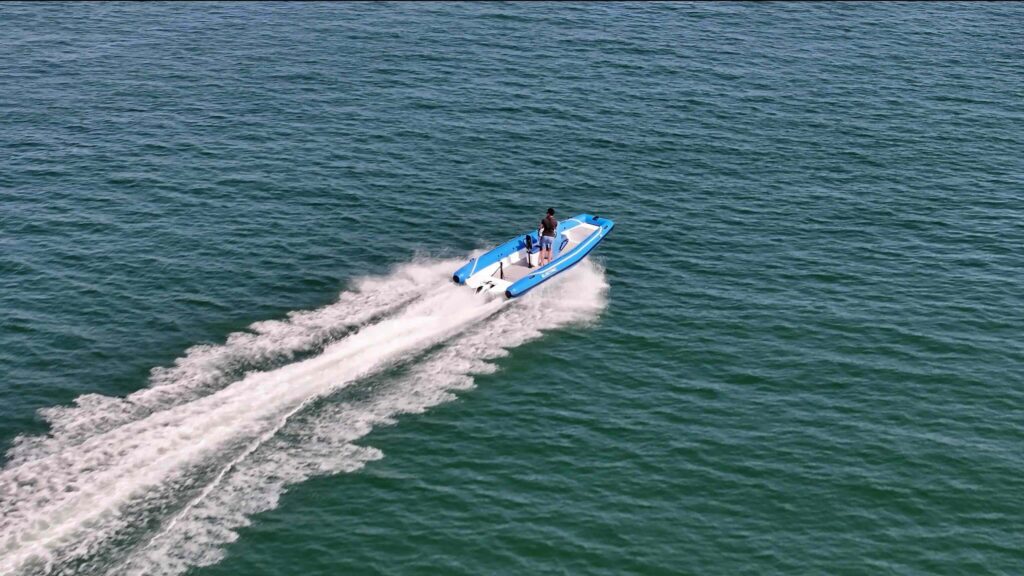
How to accelerate growth
To accelerate the transition to electric boats and charging infrastructure, several key actions are required:
Standardisation: Much like the automotive industry’s unified electric vehicle charging standards, the marine sector needs common standards for connectors and communication protocols. Working with OEMs and drivetrain manufacturers to ensure compatibility will ease adoption and reduce costs.
Simplified planning and approvals: Bureaucratic hurdles often delay green infrastructure projects, including marine charging networks. Streamlining the approval process and prioritising carbon reduction projects would support quicker growth.
Incentives for commercial users: Offering financial incentives to commercial operators like taxi boats, work boats, and aquaculture vessels would encourage the adoption of electric propulsion. Pilot projects demonstrating real-world use cases will build confidence in the viability of electric vessels. We are currently actively involved in multiple government-subsidised projects in both the UK and the US that will serve as valuable use-cases and help drive adoption of marine electrification.
Restrictions on fossil fuel-powered boats: Limiting access to waterways for diesel and petrol-powered boats could also accelerate electrification. For instance, Venice could restrict certain canals to electric boats, while countries like Germany have already implemented electric-only lakes.
Financial incentives and investment: Governments must introduce financial mechanisms – such as tax breaks, subsidies, or zero-interest loans – to bridge the cost gap between electric propulsion and traditional internal combustion engine (ICE) vessels. In the UK, lowering taxes on electricity could also encourage a faster switch to electric boating.
Currently, Aqua’s superPower’s network expansion is focused on key boating markets such as the US, the south of France, the Italian riviera, the UK, and the Nordics. The company’s expansion is driven by both favourable market conditions and financial incentives available to fund electric boats and charging infrastructure.
For instance, in the UK, we are actively involved in several subsidised marine electrification projects through the Department of Transport’s Clean Maritime Demonstration Competition and the UK SHORE Zero Emission Vessels and Infrastructure (ZEVI) competition.
The scope of these projects spans a wide range of initiatives, from establishing charging infrastructure for passenger and freight ferries on the River Thames to providing recreational charging along the UK’s south coast. Additionally, Aqua superPower is supporting the transition to electric work boats and advancing vessel-to-grid (V2G) technology.
Overcoming industry challenges
Despite the progress in the marine electrification field, action is required in relation to skilled labour, consumer education and powertrain technology.
Skills shortage: A lack of skilled workers with expertise in high-voltage systems and marine installations poses a challenge. Investment in specialised training programmes will be crucial to closing this gap.
Battery safety concerns: There remains a perception issue around the safety of marine battery systems. Regulatory bodies, along with industry players, must engage in myth-busting campaigns and educate the market on the rigorous safety standards that electric boats meet today.
Differentiating powertrain technologies: Many people assume all electric boats are the same, but there is a significant difference between low-voltage (48V) powertrains and high-voltage systems (300-800V). High-voltage systems enable fast charging and support larger, high-performance vessels. Educating both customers and industry professionals on these distinctions will help ensure that the right technologies are adopted for the right use cases.
While marine electrification is progressing fast, addressing these challenges through coordinated industry and government efforts will ensure the sector continues to grow sustainably and efficiently.

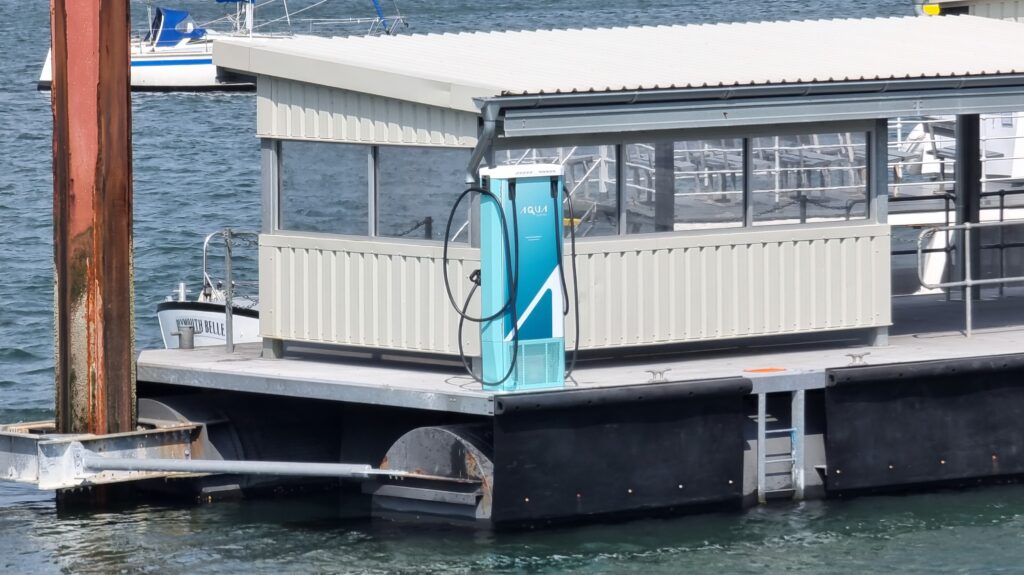

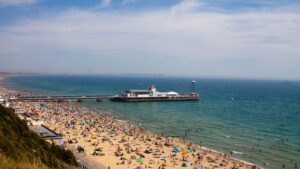



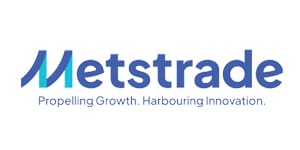
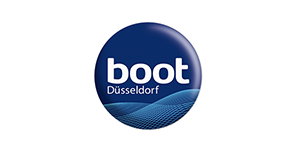




As partners in the CanUK project, we’re excited to see Aqua Superpower spotlight critical next steps for the electric propulsion industry. At BlueGrid, we’re actively working to address these needs through our expertise in marine electrification and data-driven solutions.
1. Data-Driven Deployment
BlueGrid utilizes a data-driven approach to provide real-time analytics from vessel operations. By leveraging this data, we help identify optimal locations for charging stations, ensuring infrastructure investments are strategic and meet real-world demand. Our platform empowers decision-makers with actionable insights to build smarter, more efficient charging networks and boats.
2. Integration with Broader Energy Networks
Through the CanUK Vessel-to-Grid project, BlueGrid and Aqua Superpower are leading the charge in integrating electrified marine fleets with broader energy grids. Our shared work sets the foundation for V2G technology, balances grid demand, and creates new revenue opportunities for vessel owners. By collaborating, we’re paving the way for seamless alignment between the maritime and energy sectors.
Being part of this transformative journey with partners like Aqua Superpower is inspiring. Together, we’re shaping a cleaner, more sustainable future for marine propulsion.